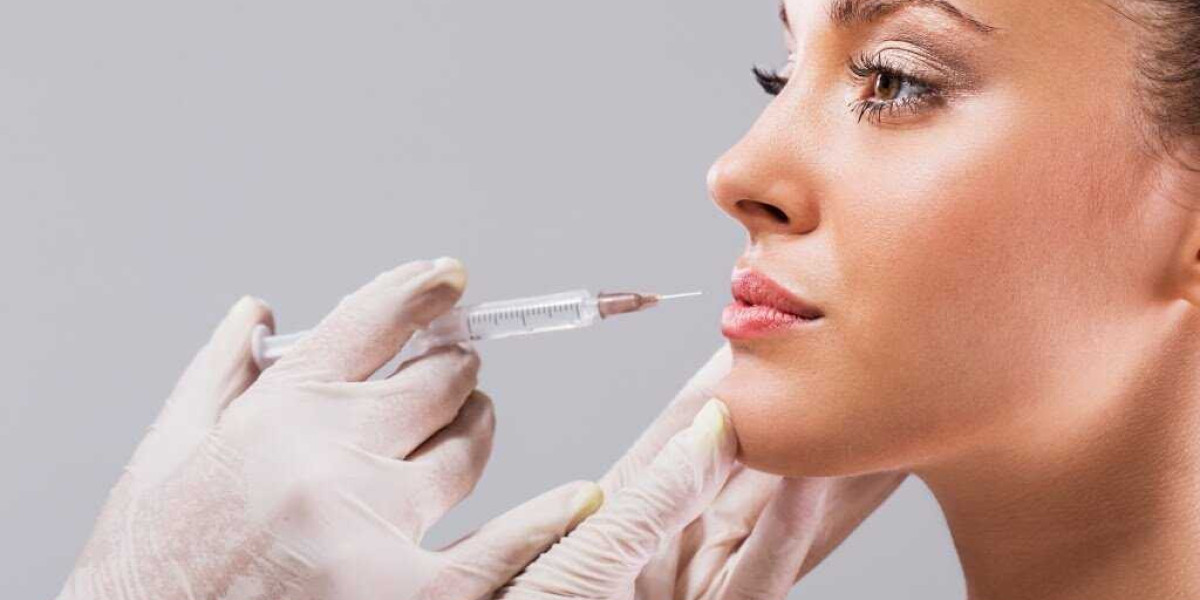The longevity of dermal fillers is a crucial consideration for anyone in Islamabad seeking these aesthetic treatments. Unlike surgical procedures that offer permanent results, dermal fillers are temporary and their effects gradually fade over time as the body naturally metabolizes the filler substance. The duration of the results depends on several key factors, including the type of filler used, the area of the face being treated, and individual patient characteristics. Enhance your natural beauty and restore youthful volume with expertly administered Dermal Fillers in Islamabad.

The most significant factor determining how long dermal fillers last is the type of filler itself. Different filler substances have varying compositions and are designed for different purposes, which directly impacts their longevity.
Hyaluronic Acid (HA) Fillers: These are the most popular type of dermal fillers in Islamabad, and across the globe. Brands like Juvederm, Restylane, and Belotero fall into this category. HA is a substance naturally found in the body, known for its ability to attract and hold water, which provides volume and hydration to the skin. Since HA is a natural component of the body, it is gradually broken down by an enzyme called hyaluronidase. The results from HA fillers typically last anywhere from six to 18 months. Fillers in areas with a lot of movement, such as the lips, tend to last on the shorter end of this range, while those in less mobile areas like the cheeks or temples can last longer.
Calcium Hydroxylapatite (CaHA) Fillers: An example of a CaHA filler is Radiesse. This type of filler is made from a mineral-like substance that is also found in human bones. It is used for deeper wrinkles and for contouring the face, such as the jawline and cheeks. CaHA fillers not only provide immediate volume but also stimulate the body's natural collagen production. This dual action means that the results can last longer than HA fillers, generally around 12 to 24 months.
Poly-L-lactic Acid (PLLA) Fillers: Sculptra is a well-known PLLA filler. Unlike other fillers that provide immediate volume, PLLA works as a "collagen stimulator." It is injected into the deep dermis and prompts the body to produce its own collagen over a period of weeks and months. Because the results are based on the body's natural response, they appear gradually but can be very long-lasting. The effects of PLLA fillers can endure for two years or even more, but they often require a series of initial treatments to achieve the desired outcome.
Polymethylmethacrylate (PMMA) Fillers: An example is Bellafill. PMMA fillers are composed of a collagen gel with tiny microspheres that remain in the skin after the collagen is absorbed. They are considered semi-permanent and are used for deeper wrinkles and acne scars. The results can last for five years or longer. Due to their long-lasting nature, these fillers require a very skilled and precise injector and are not as commonly used as the more temporary, reversible options.
Beyond the type of filler, the longevity of the results is also influenced by other factors. The specific area of the face being treated plays a significant role. Areas with constant muscle movement, such as the lips and the lines around the mouth (marionette lines), will break down the filler more quickly. Fillers in less dynamic areas, like the cheeks, chin, and temples, tend to last longer.
Furthermore, an individual's metabolism is a key factor. People with a faster metabolism may break down the filler more quickly, leading to a shorter duration of results. Lifestyle choices, such as frequent sun exposure, a high-stress lifestyle, and smoking, can also accelerate the breakdown of fillers. The amount of filler injected and the expertise of the practitioner also play a part. A skilled injector who places the filler at the correct depth and location can ensure a better and more durable result.
To maintain the desired results, individuals in Islamabad will need to schedule follow-up or "touch-up" appointments. These sessions are usually less extensive than the initial treatment and are aimed at topping up the volume as the effects begin to fade. A good practitioner will work with you to create a maintenance schedule tailored to your specific needs and goals, ensuring your results remain consistent and natural-looking over time.













